5. Night of the Living Dead (George A Romero, 1968)
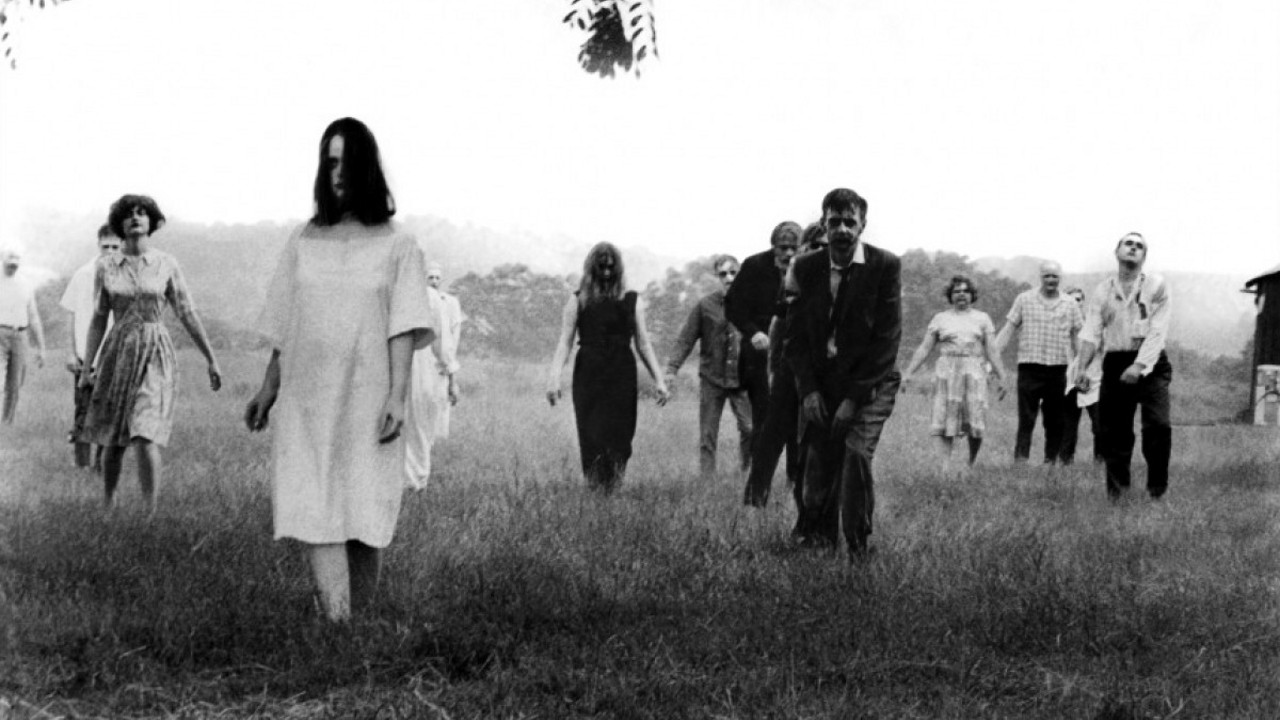
The classic zombie masterpiece, Night of the Living dead, is still has one of the most disturbing and politically radical ends to a film. When protagonist Ben, played by Duane Jones, survives the dreadful night only to be killed by a white mob, audiences rightfully read it as an allegory that reflected many of the problematic issues surrounding race at the time. A truly powerful ending. One that made you question all the horror that came before it, because maybe the true horror is the real-world issues and not the made-up monsters that plagued the night.
Romero has stated on many occasions that the ending was never meant to be political, the casting of Ben was never meant to question anything about race, Duane Jones got chosen because he was the best actor for the role: colour had nothing to do with it. Night of the Living Dead proves however, that art belongs to the people, and no matter what the artist intends, once art is out there it becomes whatever people want it to be. Night of the Living Dead became a social piece of commentary with a disturbingly realistic ending.
4. Carrie (Brian De Palma, 1976)
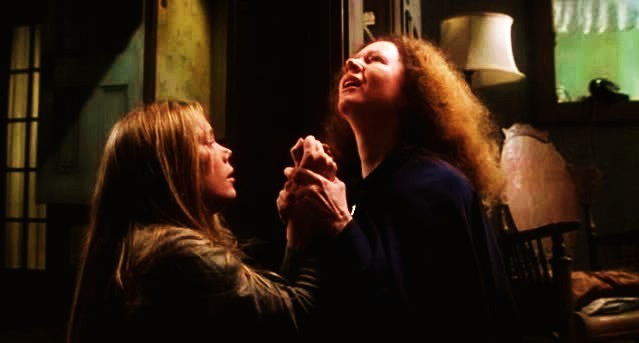
It seems almost standard now to see a final jump-scare before the credits roll in a horror film, but arguable the pioneer was Carrie. While it had been done before, Carrie made it work the best. Imitated but never topped Carrie perfected the final jump-scare.
After the grand finale, the final surviving character Sue, played by Amy Irving, approaches the grave of Carrie to rest some flowers. All seems calm, until Carries’ arm springs from the grave. Her blood covered hand grabs sue as she screams in fear. While now a cliché, in 1976 this was a defining ending that ruptured the horror recipe for years to come. A disturbingly ground-breaking finish to a tragic story of adolescence.
3. Audition (Takashi Miike, 1999)
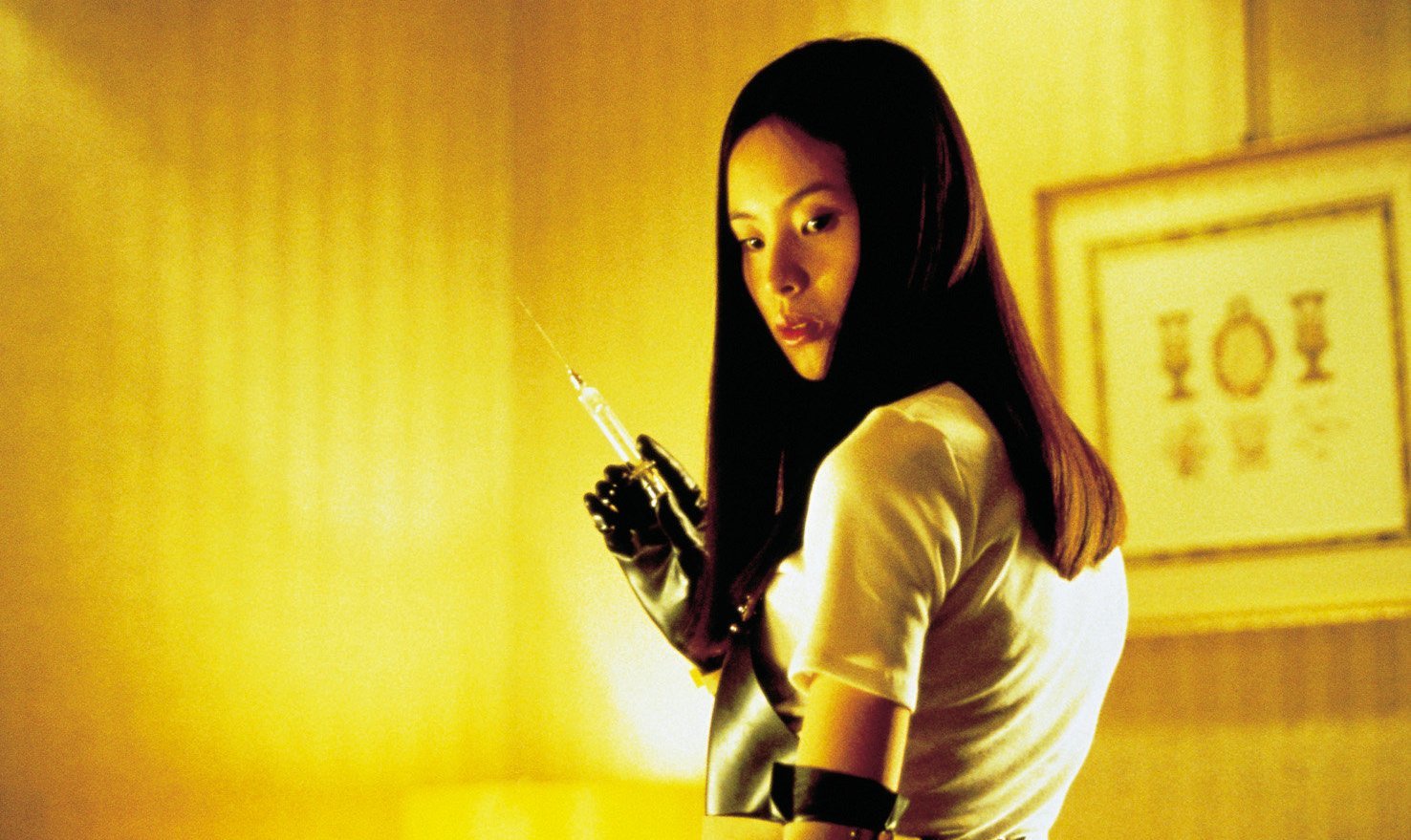
What can be said about Audition that has not already? A modern masterpiece that ushered in a genre trend that dominated the early 2000’s. It seemed, what has now been called ‘torture-porn’ was the new horror bread-and-butter, thanks to films like Audition with its defining use of torture and gore. Sadly though, like in true American fashion, films like Hostel stripped the genre of its potential and isolated it to simple shock cinema. Gore for the sake of gore.
Audition works so well because it’s not really a straight cut horror film. The first half of Audition is actually a bizarre romantic tale that has this ever-looming presence, something feels off, something feels wrong, but the film never really indicates it at first.
The film plays out with the character Shigeharu Aoyama, a widowed father played by Ryo Ishibashi, searching for a new wife. He stages a fake acting audition for a profile that would be the ideal women for his lifestyle. He falls for Asami Yamazaki, played by Eihi Shiina, a shy and innocent woman who entices Shigeharu, but something is not right.
This brooding atmospheric theme that something is off plays out until the finale showcases Asami brutally torture Shigeharu in one of cinemas most sadistic and tense scenarios. It is a testament to Miike’s ability to understand the psychology of setup and payoff, as he created one of the most disturbing cinematic moments.
2. Texas Chainsaw Massacre (Tobe Hooper, 1974)
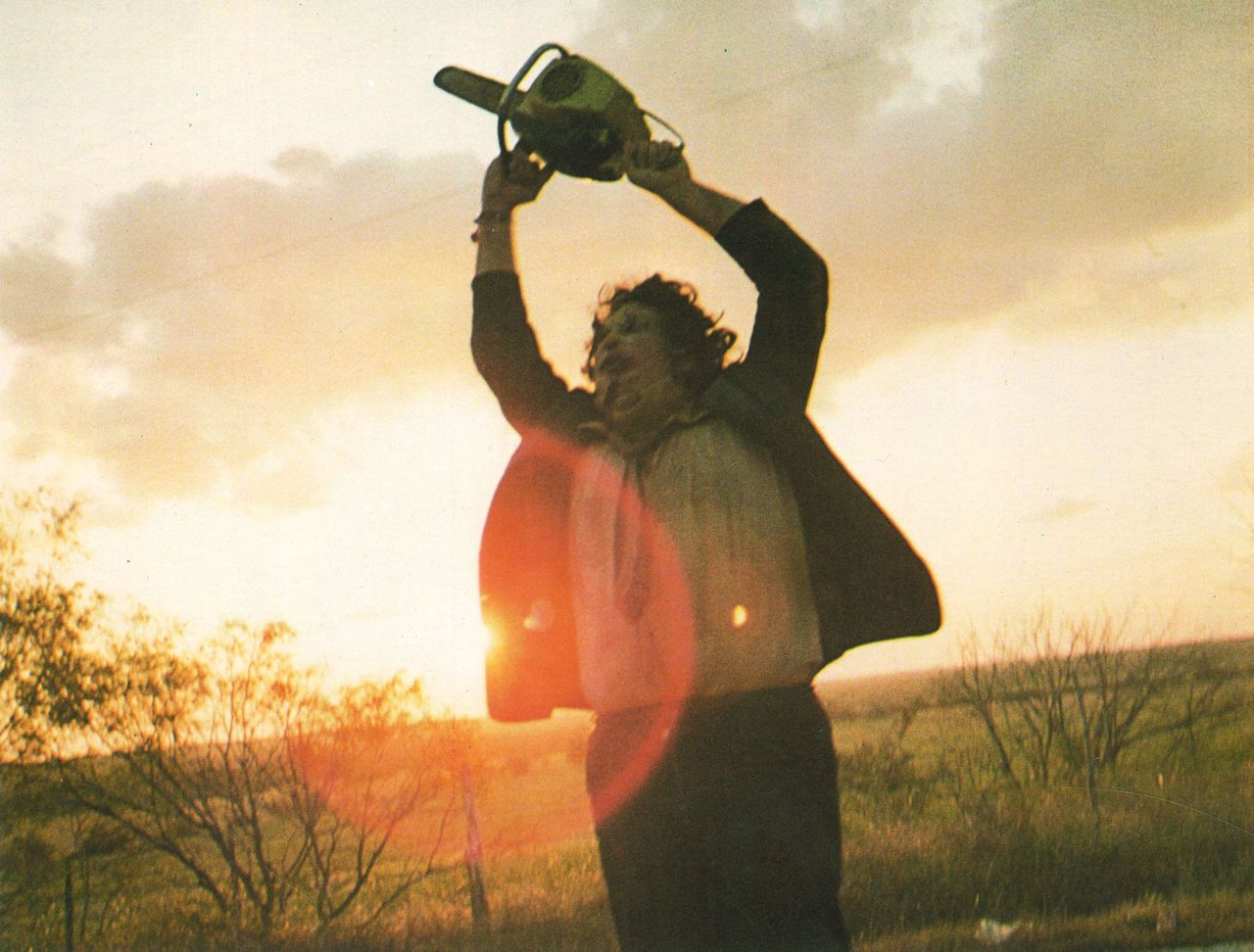
The still chilling Texas Chainsaw has ripped apart minds forever. Its sadistic realism has created a horror legacy that still defines to this day. Shot on a shoe-string budget, Tobe Hooper innovated the game with his macabre tale of a twisted family hellbent on murdering a group of innocent hippy teens. The film has spawned a franchise and numerous copycats, but none are as chilling as the original 1974 masterpiece.
Being one of the formative slasher films, Texas Chainsaw adopted the formulaic final girl, this is the female heroine that survives the twisted massacre, a now staple of the genre. Her pure nature allows her to transcend the otherwise inescapable fate, and while many films have a final girl, none have one as perfected as the Texas Chainsaw’s Sally (Marilyn Burns). Her enigmatic final laugh leaves a twisted finish to the already crazy experience. While Sally escapes and survives, we are left with the question: at what cost?
While she sits covered in blood in the back of the pickup truck as it races off into the sunset, we see her manic scream fade into a laugh that begs to be a cry. We are happy she has physically escaped but we know realistically she died there with all the others. Still to this day The Texas Chainsaw is one of the only slasher films to truly show the mental reality of surviving the brutality of the sub-genre, and it does it all with one final laugh. A true testament to Burns’ acting chops, and a truly disturbing ending. Moments like this define film history, and that moment defined a genre.
1. The Thing (John Carpenter, 1982)
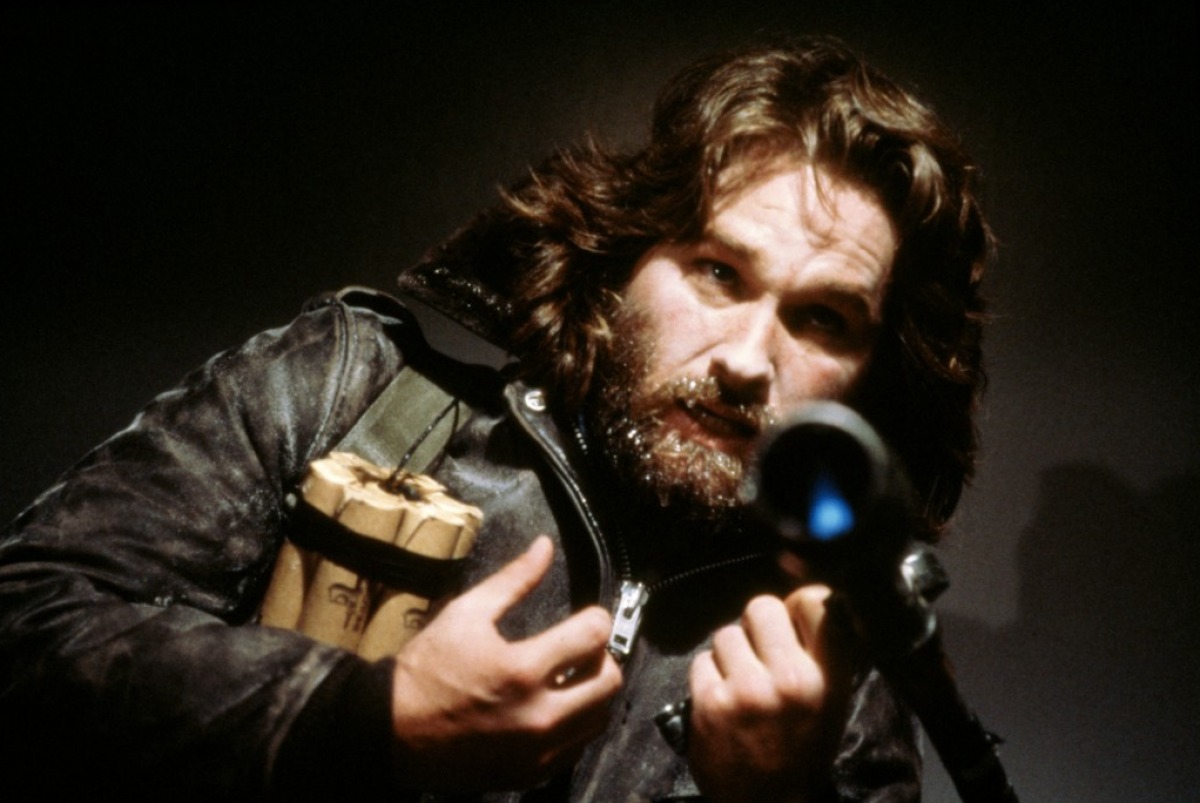
Horror works best in isolation. Alien exists in the void of space, while Texas Chainsaw exists in the baron back-lanes of southern America, but neither feel as isolated as the ‘80s masterpiece The Thing. The harsh landscape of snow and cold leaves the paranoid ridden narrative an even more desolate tale of humanities flaws and icy mistrust.
John Carpenters seminal remake is still a harrowing story of masculinity and societal fear, and still relevant today, the message of The Thing is ever evolving like the very creature that stalks its narrative. While one could debate the endless interpretation of those meanings forever, the true beauty of the film is its paranoia infused atmosphere that arguably would be less potent without the disturbingly effective ending. A chilling cinematic finale that leaves a bitter taste.
The story of The Thing revolves around an Antarctic research group that discovers an alien creature lurking in plain sight. The unidentified species can kill living creatures and mimic their looks, voice, personality, and every other fine detail. When the group discovers this, they become paranoid and cautious, who is the creature? Who can be trusted?
When the finale approaches only two men are left alive from the original group, MacReady (Kurt Russel), and Childs (Keith David), both questioning who is the creature, and the perfect part is that we never get an answer. The film ends without a resolution. All that remains is the cold barren landscape that started it all.
The ending has been interpreted repeatedly as people have scramble to discover who was the final Thing, but the true art is in the unknowing, because then we become just as paranoid as the dead. Carpenter leaves the audience grasping for answers in his fable of mistrust and its disturbingly beautiful.